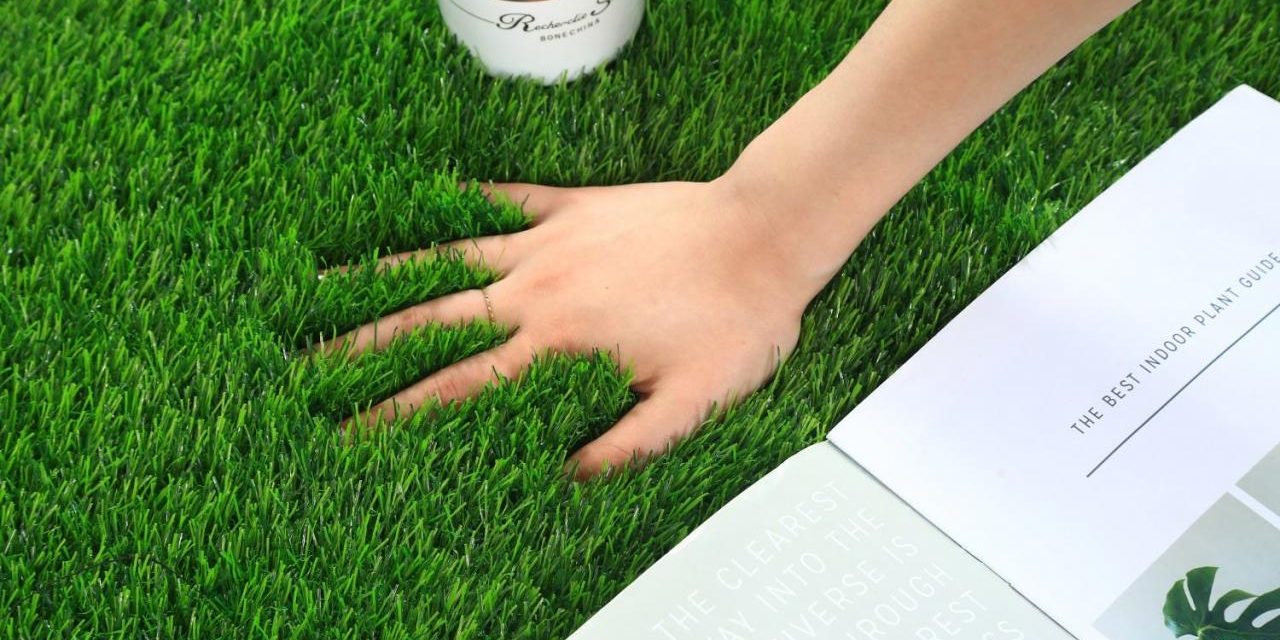Artificial grass installation technology
The depth of the sub-base for artificial grass can vary depending on the type of soil and the intended use of the turf. However, for most applications, the following guidelines are typically recommended:
- Residential Landscaping: For general residential use, a sub-base depth of 2 to 3 inches (5 to 7.5 cm) is usually sufficient. This provides a solid foundation for the artificial grass and allows for adequate drainage.
- Heavy Traffic Areas: For areas that will see heavy foot traffic, or if you plan to place heavy objects on the grass (like outdoor furniture), a deeper sub-base of 4 inches (10 cm) or more can be beneficial.
- Sports Applications: For sports fields (like soccer or football fields), the sub-base might need to be much deeper — up to 10 inches (25 cm) or even more. This is because these areas require excellent drainage and a very stable surface for consistent playing conditions.
Remember, these are general guidelines and the specific needs of your project could be different. Always consult with a professional or your artificial grass manufacturer for advice tailored to your specific situation. It’s also important to consider other factors such as local climate and soil conditions, which can affect the depth and type of sub-base needed.
What thickness of artificial grass is best?
The best thickness or “pile height” of artificial grass depends largely on your specific needs and the intended use of the area. Here are some general guidelines:
- Low Traffic Areas: For areas with low traffic or for purely aesthetic purposes, such as ornamental gardens or displays, a pile height of 25-30mm can be sufficient. This gives a neat and tidy appearance.
- Medium to High Traffic Areas: For areas with medium to heavy foot traffic, such as a home lawn or commercial landscape, you’ll want a denser, more robust artificial grass. In this case, a pile height of 30-37mm is typically recommended. It offers a good balance of softness and durability.
- Play Areas and Sports Surfaces: For areas where sports will be played or children will be playing, a higher pile height of 37-40mm or more might be best. This offers more cushioning and can stand up to the wear and tear.
- Putting Greens: For artificial grass putting greens, you’ll want a shorter pile height, typically around 13-20mm. This more closely mimics the short, tight turf found on a golf course.
Remember, pile height is just one factor to consider when choosing artificial grass. The density of the turf (how closely the fibers are packed together), the material the fibers are made from, and the quality of the installation are all equally important for the longevity and appearance of the finished project. Always consult with a professional or your artificial grass supplier for advice tailored to your specific situation.
How do you lay artificial grass on uneven ground?
Laying artificial grass on uneven ground can be a bit challenging, but it’s not impossible. Here’s a step-by-step guide to help you:
- Clear the Area: Remove any existing grass, plants, rocks, and debris from the area. This can be done using a spade or a turf cutter.
- Level the Ground: Use a landscape rake or a garden hoe to level the ground as much as possible. If there are large dips or mounds, you might need to add or remove soil to even out the area.
- Install a Weed Membrane: This is a fabric layer that prevents weeds from growing up through the artificial grass. It should be laid directly on the cleared ground and secured with landscape staples or pegs.
- Add a Sand Base Layer: Spread a layer of sharp sand (also known as builder’s sand) over the area to a depth of about 2 inches (5 cm). This helps to create a smooth and stable base for the artificial grass.
- Compact and Level the Base: Use a plate compactor or a lawn roller to compact the sand. This creates a solid base for the grass. After compacting, level the sand again with a rake or a straight edge. For a more natural look, you might want to create a slight slope to allow for water drainage.
- Install a Second Weed Membrane (Optional): Some people choose to install a second weed membrane on top of the sand base. This is optional but can provide an extra layer of weed protection.
- Lay the Artificial Grass: Roll out the artificial grass over the prepared base. Make sure to align the grass in the direction you want the blades to face. You should also allow the grass to overhang the area by a few inches on all sides to ensure full coverage.
- Cut and Secure the Grass: Use a sharp utility knife to cut the grass to fit the area. Then secure the grass with landscape staples or pegs, making sure to pull the grass tight as you go to prevent wrinkles or bumps.
- Add Infill (Optional): Some types of artificial grass require an infill material, such as sand or rubber crumb, to help the grass blades stand up and to provide additional weight. This is spread evenly over the grass and then brushed in with a stiff broom.
- Brush the Grass: Finally, brush the grass with a stiff broom or a power brush to help the grass blades stand up and to give the grass a more natural look.
Remember, these are general guidelines. The specific needs of your project could be different, so always consult with a professional or your artificial grass manufacturer for advice tailored to your specific situation.







